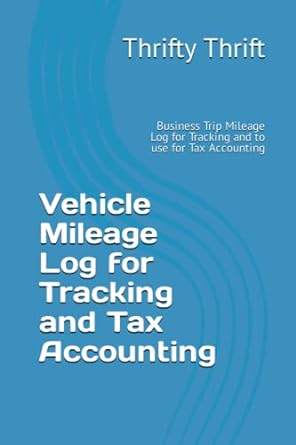Question
Shaw Company is developing a new product, TDY-8, to replace an existing product. As the cost analyst, you have been asked by the vice president
Shaw Company is developing a new product, TDY-8, to replace an existing product. As the cost analyst, you have been asked by the vice president of operations to prepare an analysis estimating the total variable cost per unit of producing TDY-8. The total variable cost per unit of TDY-8 will include the cost per unit of direct materials, direct labor, and variable overhead, and should be summarized in your spreadsheet as follows: Direct materials $xx Direct labor xx Variable overhead xx Total variable cost per unit $xx The following costs and hours were incurred to produce the first unit of TDY-8: Direct materials $325.00 Machine hours 31 machine hours Direct labor wage rate $ 14.00 per hour The cost of materials, number of machine hours, and labor wage rate are expected to remain the same for each subsequent unit produced. The direct labor hours are expected to follow a cumulative average-time learning curve with the following information: Direct labor hours for first unit 70 labor hours Learning curve percentage 84% Learning curve factor b -0.2515388 The variable overhead cost per unit is estimated using regression analysis to find the cost driver you determine to be most appropriate (labor hours or machine hours) and the related b coefficient (slope or variable cost per unit) from the cost function as described in requirement b. REQUIRED: Follow the instructions below to (a) estimate the direct labor hours using a cumulative average time learning curve; (b) use regression to choose the better cost driver (number of returns or preparation hours) and determine a cost function for overhead costs; and (c) prepare a summary as shown below.
b. Estimate overhead costs per week: The overhead costs for TDY-8 are expected to be comparable to the overhead costs for the existing product since the existing facilities will be used to produce the new product. Two cost drivers are being considered, direct labor hours and machine hours. Total overhead costs from the past twelve weeks are given below. Since it is uncertain which would be a better cost driver, data for both labor hours and machine hours were collected. Overhead Labor Machine Week Costs Hours Hours 1 $37,970 660 1,750 2 48,310 1,630 2,640 3 40,720 1,170 2,430 4 34,670 1,330 1,675 5 54,910 2,400 2,760 6 59,530 1,900 3,100 7 39,950 840 1,980 8 50,840 2,570 2,270 9 45,670 920 2,140 10 37,970 1,950 2,260 11 53,040 1,340 3,000 12 57,220 1,975 3,030 For each cost driver (direct labor hours and machine hours), use the data above to do the following: (2) Estimate a separate cost function for each cost driver using the regression method. To do the regression in Excel, click on Data, Data Analysis*, and choose Regression. Specify each input range by clicking on the arrow icon and highlighting the range of cells. The Y-range is the dependent variable (cost), and the X-range is the independent variable (cost driver/activity). For the output range, click on the arrow icon, move to the area of the spreadsheet where you want the regression output, and click on the upper left cell of that area. Then click on OK. Note that the output contains the calculated values, not formulas, so if you make any changes, you must redo the regression (it willnot change automatically). *If you do not see Data Analysis under Data, do the following: Click on File, Options (bottom left), Add-ins. Find Manage: Excel Add-ins and click on Go... next to it, place check mark in front of Analysis ToolPak, and click OK. (3) Prepare a comparison of the cost drivers on the first three criteria in Exhibit 10-19 in the Appendix (Economic Plausability, goodness of fit, and significance of independent variables). Based on your comparison, decide which predictor, direct labor hours or machine hours, you believe is a more appropriate cost driver for estimating overhead costs.
Step by Step Solution
There are 3 Steps involved in it
Step: 1

Get Instant Access to Expert-Tailored Solutions
See step-by-step solutions with expert insights and AI powered tools for academic success
Step: 2

Step: 3

Ace Your Homework with AI
Get the answers you need in no time with our AI-driven, step-by-step assistance
Get Started


